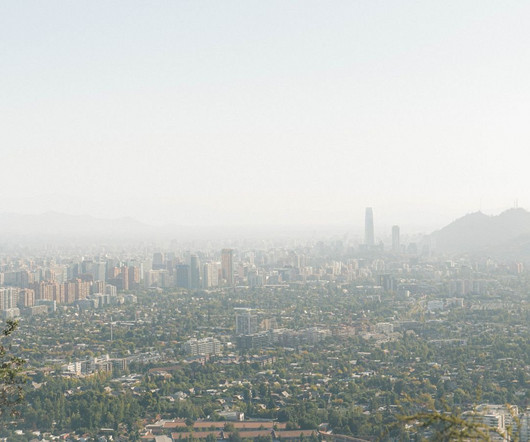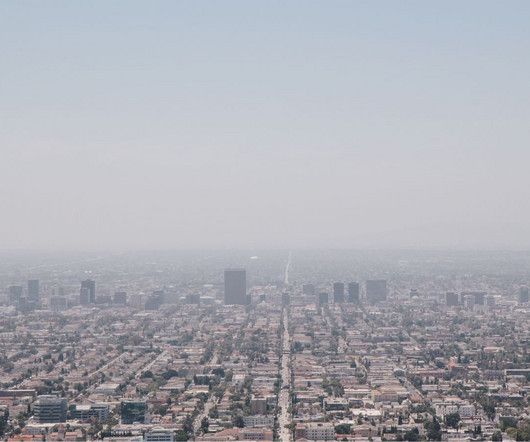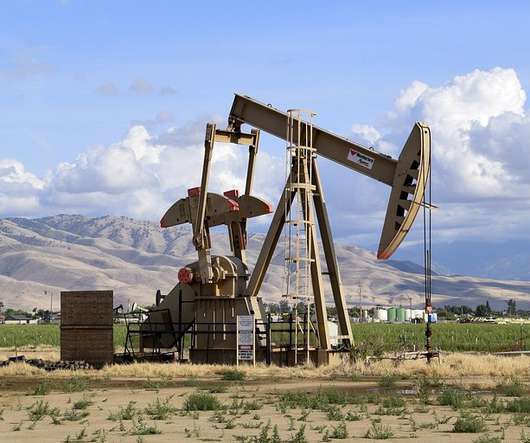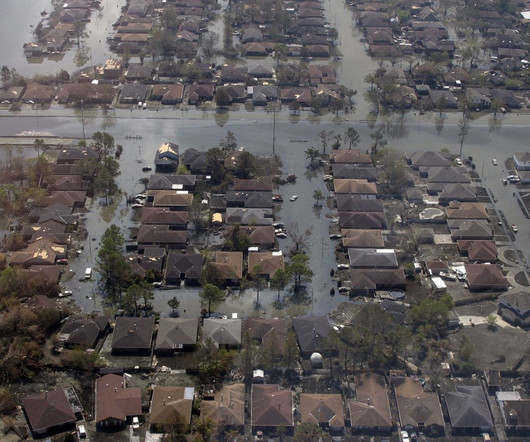Oil Refineries: A Deadly Industry
Union of Concerned Scientists
SEPTEMBER 26, 2024
One good example of the nexus between global warming and local pollution is ground-level ozone. NOx and SOx move to higher levels of the atmosphere and react with oxygen and water vapor to produce acid rain, which harms crops, forests and ecosystems by decreasing growth and damaging foliage. Secondary PM2.5












Let's personalize your content